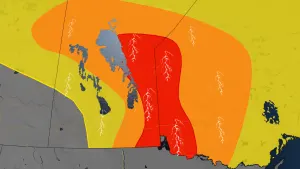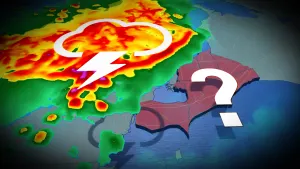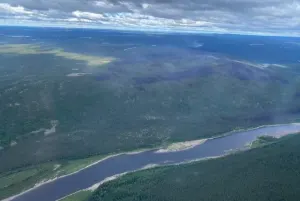
Stuck in 'bear jam' traffic? Researcher studies how to keep cars moving safely
Roadside bear encounters can cause quite a stir. Cars slow to a stop, cellphones come out and, unfortunately, sometimes people step out of their vehicles to get a closer look as traffic piles up behind them.
Many who work in parks management or wildlife conservation groups say these bear jams are inevitable, it's human nature. But as traffic in national and provincial parks increases, experts want policies to keep up.
That's where Annie Pumphrey comes in. The University of Northern British Columbia graduate student decided to dig into this phenomenon and find out if there's a way to better manage bear jams.
DON'T MISS: How wildlife corridors can reconnect Canada's fractured habitats
Her research investigated visitor experiences and perceptions through surveys and compiled expert interviews, focusing on Peter Lougheed Provincial Park — an area she calls a "grizzly bear nursery."
"If you've never seen a grizzly bear before, it's pretty hard to not want to stop and look at it," Pumphrey said. "I think it's important to remember and appreciate that fact and work with it … rather than trying to just stop people from doing what they're gonna do anyways."
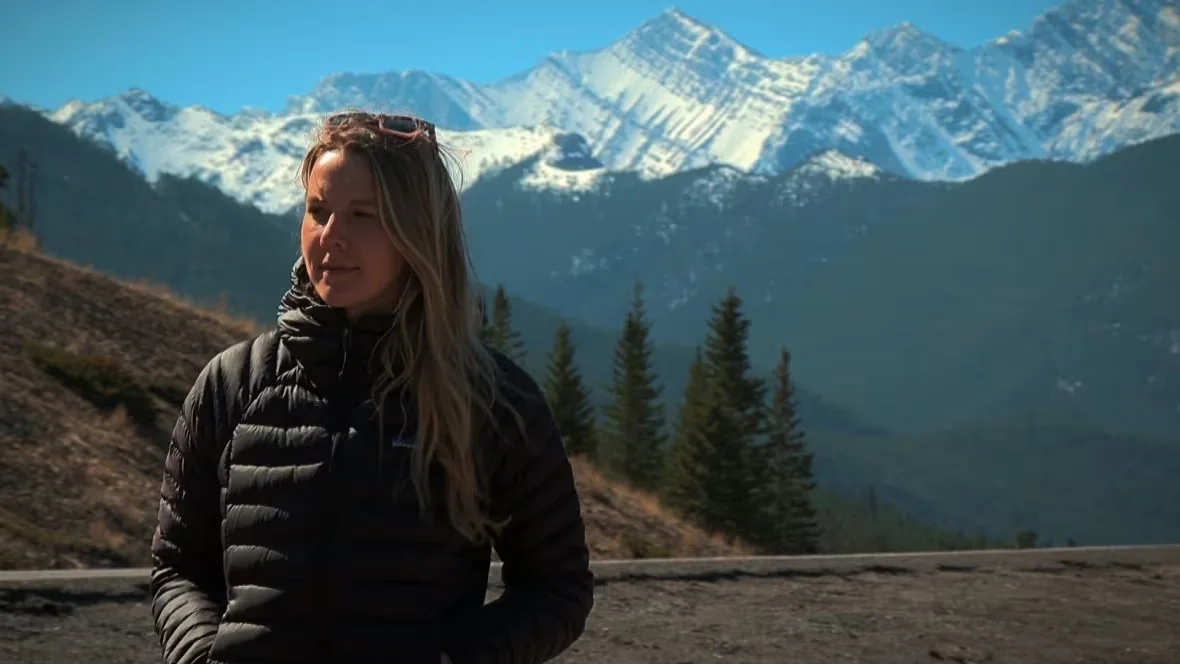
Annie Pumphrey has worked in the Kananaskis region for years. She was interested in digging into possible policy recommendations that would keep bears and people safe on the roads. (Helen Pike/CBC)
Visitors told her there was a gap in understanding. It isn't clear, Pumphrey said, what visitors should do or how they should behave if they come across a roadside bear.
More than half of the people she surveyed said they'd never seen any messaging or instructions from Alberta Parks.
"There is a lot of confusion and inconsistencies," she said.
Pumphrey found much of what's done in Kananaskis Country, which includes Peter Lougheed Provincial Park, is reactive. If a bear jam pops up, a response is set in motion.
To better manage bear jams, she said, park managers should outline a specific and consistent stance on roadside bear viewing. This might include some guidelines for visitors and instructions on how to respectfully view a bear roadside. She said enforcement structures should empower parks officials to hand out fines for bad actors.
WATCH: Rare white grizzly spotted in Alberta believed to be only one in Canada
In other wildlife situations, like whale watching, there are regulations for how close you can be to a whale and how long you can linger to watch the marine mammals, Pumphrey said.
"That industry is a good kind of comparison," she said.
In interviews, experts gave Pumphrey a sense that Kananaskis visitation has outgrown management plans. The one for Peter Lougheed Provincial Park was last updated in 2006.
"A lot has changed since 2006, especially visitation," Pumphrey said.
Provincial parks have far less wildlife fencing infrastructure that would help create a barrier between curious humans and resident bears. In hot spots, her study suggests a change in speed limits, pullout infrastructure or even a seasonal "no-stop zone," like those found in Kootenay National Park.
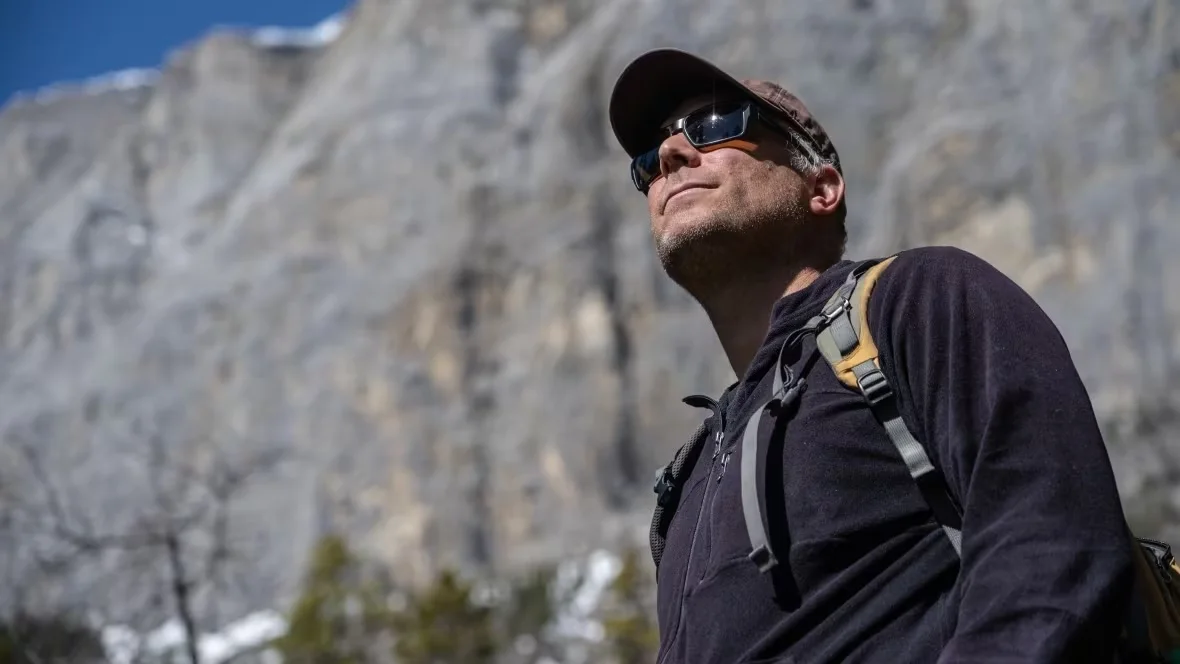
Nick De Ruyter, the WildSmart program director at the Biosphere Institute of the Bow Valley, expects to see more wildlife encounters as more people venture outdoors. (Vincent Bonnay/Radio-Canada)
WildSmart program director Nick de Ruyter says bear jams are inevitable.
Even as a Canmore local, he said, it's hard not to stop when you come across a grizzly. But with social media, he has watched people up the ante for that perfect shot — a dangerous trend.
"The selfies, the Instagram, the Facebook, the TikTok videos — all that stuff is causing people to do things that maybe normally wouldn't," de Ruyter said. "That competition for the best photo or the most followers has caused people to kind of take it to the next level."
Education can go a long way, de Ruyter said. Reminding the public to keep moving along, never get out of their vehicles, or, as cheesy as it sounds, put the phone down and enjoy the moment.
He said certain behaviour can stress out bears, change their eating and mating patterns or prompt the animal to run across a busy highway — which is something people can work together to avoid.
And research like this, de Ruyter added, can give officials a good idea of what the realities on the ground are so investments and changes can be made.
"It could justify maybe putting some money aside for those kind of management ideas," de Ruyter said. "At a certain point, we have to say, 'OK, enough is enough … we need to give these bears or animals space. Let's manage the people.'"
WATCH: Meet 'The Boss' one of the biggest and baddest grizzlies in Alberta
Thumbnail courtesy of Jamin Mulvey via CBC.
The story, written by Helen Pike, was originally published for CBC News.






